By Calvin Sim, Senior Physiotherapist, Back2Sports
In the previous article, we looked at the signs and symptoms of head injuries and concussion in contact sports. Here, we will touch on the on-field management of head injuries and concussion.
The biggest danger with concussion and head injuries is mismanagement. Some common instances:
Mismanagement: Moving an injured athlete lying on the ground without ruling out neck injury
Risk: Paralysis if athlete is moved with a neck injury
Mismanagement: Not noticing any loss of consciousness
Risk: Brain injury/damage
Mismanagement: Not observant to complaints of headache, dizziness and nausea and allowing athlete to continue activity
Risk: Brain injury/damage
The key to managing a head injury is speed. The faster you get to the injured athlete, the better the management and information gathered. A team approach is essential. Upon seeing an athlete sustaining a head injury, either through a clash on the head or landing on the back of their head and lying on the ground, the following steps should be taken immediately upon reaching the athlete:
- Stabilize the head and neck, in whatever position the athlete is in. Feel for any tenderness in the neck under your fingers. DO NOT attempt to turn or move the injured athlete.
- Check for ABC (Airway, Breathing, Circulation) and consciousness. Commence CPR immediately if ABC is absent.
- Call the athlete's name and observe for response. Note the time to respond, loudness of voice, quality of voice. If no response, keep calling the athlete's name until he responds, and call for an ambulance.
- If blood is present, try to look for the source of bleeding and attempt to stop the bleeding.
- Check whether the athlete is able to wriggle his toes and fingers, followed by asking them to move their arm and legs. If the athlete is unable to move, do not move him. Call for an ambulance. Stay with them until further medical assistance arrives.
- If the athlete is able to move his fingers and toes and there's an absence of tenderness over the neck, move him out of the field on a stretcher. While transferring the athlete onto the stretcher, ensure that the head is immobilized with a head collar.
If the athlete isn’t lying on the ground and is able to walk around after the collision, take him off the field. When out of the field, check the following:
- Ask him whether he remembers what happened. If he is unable to recollect what happened, he should not be allowed to continue play.
- Observe for any nystagmus of the eyes (i.e. quick shifting of the eyeballs left to right) when you ask him to track your index finger as you move it left to right and up and down. Also look for any inability to track. If he is unable to carry out this action, he should not continue playing.
- Check for any blurred vision, loss of hearing, nausea or pain over any other part of head other than the place of impact. Presence of any of these symptoms would require close monitoring and the athlete should leave the game.
- Check for balance and ability to carry out footwork or skills required for sport.
The injured athlete should ONLY be allowed back into the game after all the above has been checked and they are normal.
If any of the above signs are present, you'll need to repeat these tests at regular intervals of 5 mins. These athletes should not leave your sight and you should monitor them very closely. Generally, the athlete should regain all normal functions in about 20-30mins. Nevertheless, refer them to the A&E Department if you're in doubt. Also, it's better to inform a family member or a teammate to observe for any vomiting or increase in headache or confusion for up to 72 hours post injury. If noted, the athlete should be rushed to the hospital IMMEDIATELY.
Once found to have a concussion, the athlete should not be involved in any form of contact sports for a duration of about 3 weeks before returning back to sports. The return to sport should also be gradual and he should be not allowed to go back to a high level of competition immediately.
Back2Sports – Sports Injury Management is a division of the Core Concepts Group, a leading musculo-skeletal therapy specialist group in Singapore. Back2Sports is the Official Physiotherapist for the Pre-Olympic Water Polo Invitational organised by Singapore Water Polo and Australia Water Polo Inc. Back2Sports is organising a shoulder injury seminar on 26th July 2008.

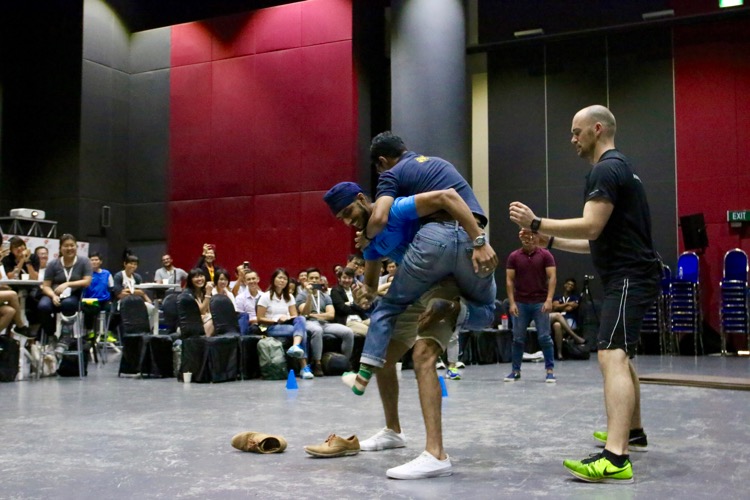

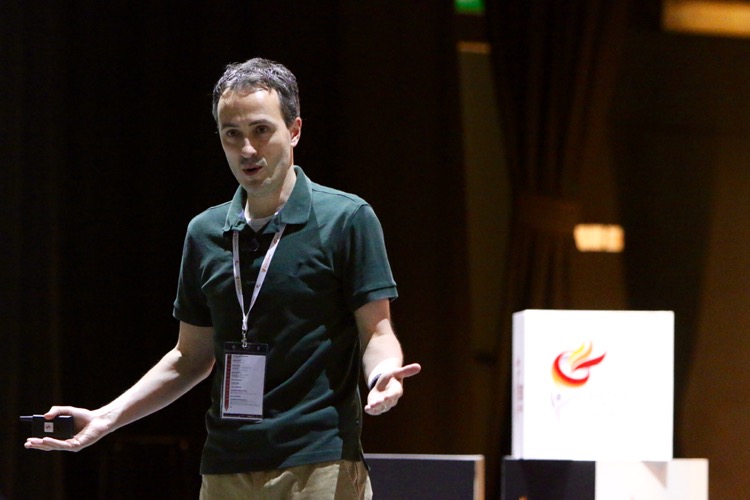
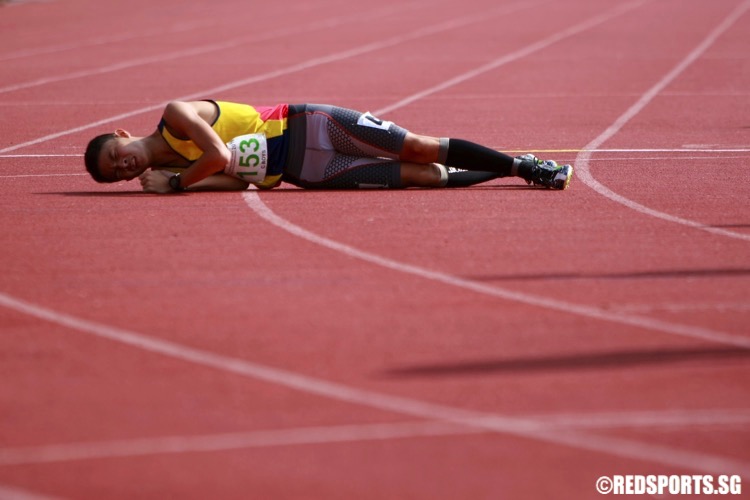
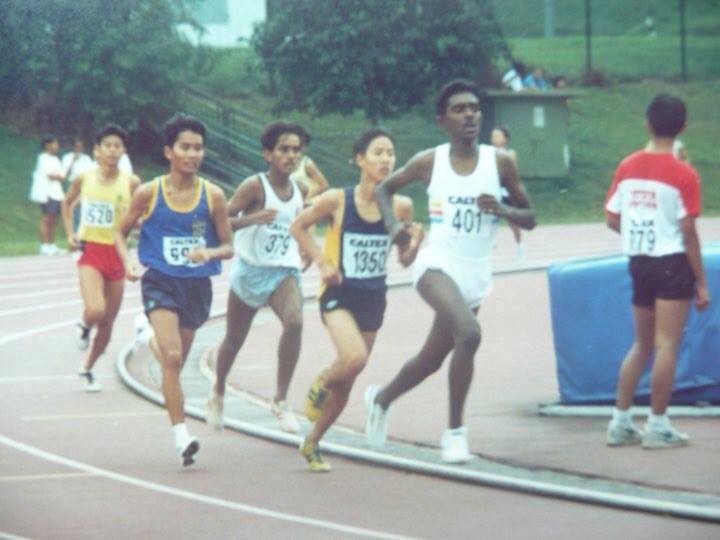
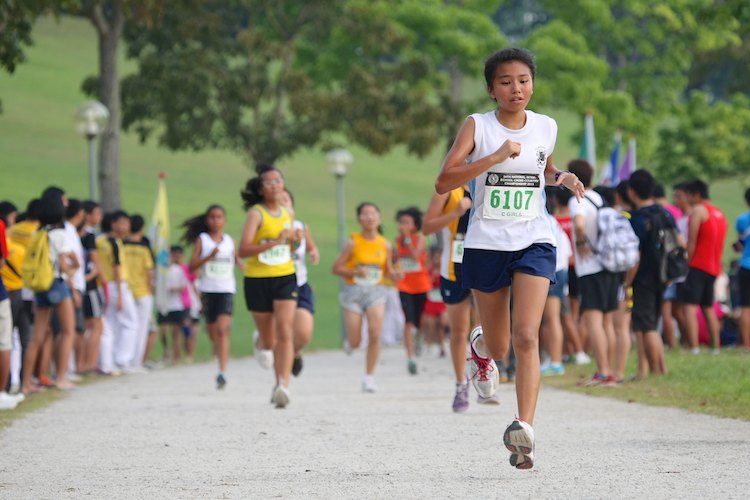
Most enlightening, Calvin, and helps to explain what happened to Les almost ten years ago 🙂
http://redsports.sg/2008/06/24/happy-birthday-les/